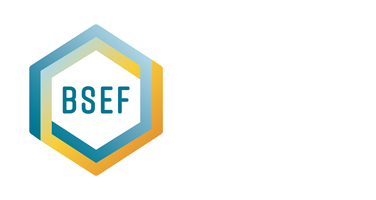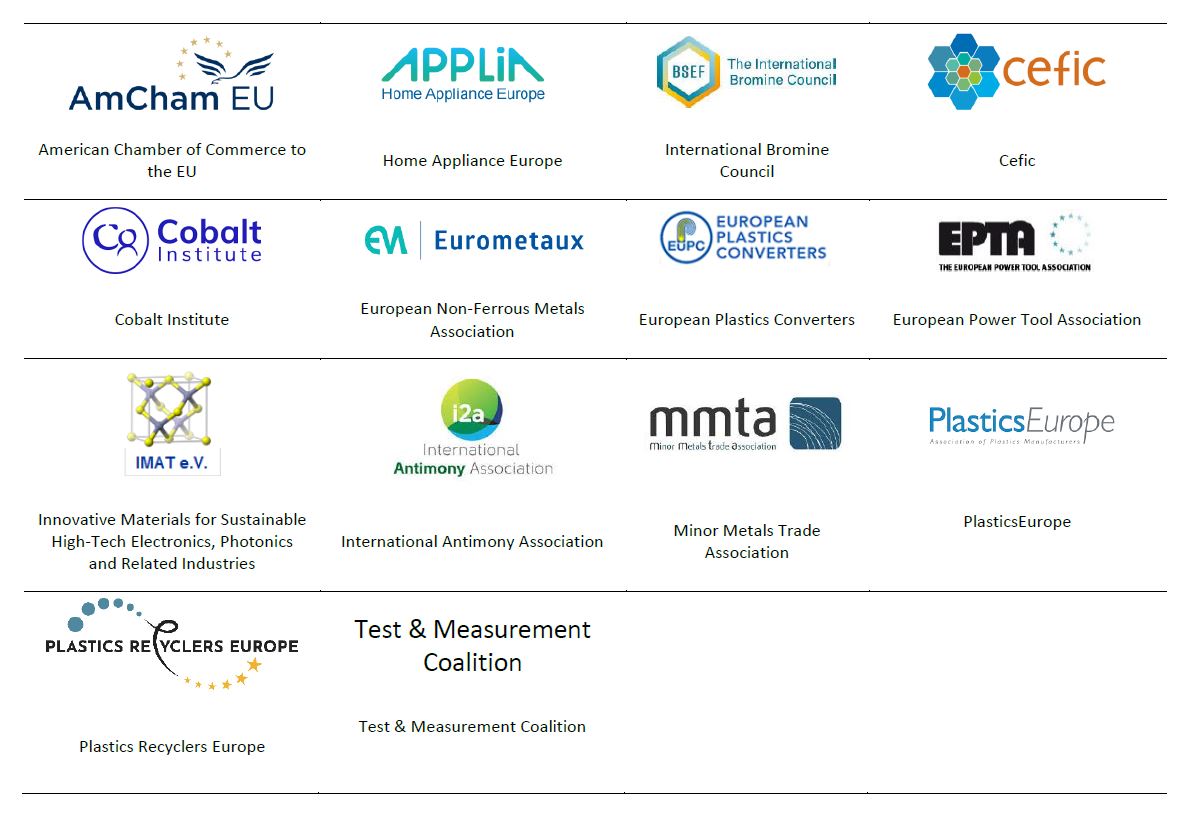Joint Industry Statement – RoHS Review
RoHS 2021 Review
This document constitutes the collective contribution of various organisations and associations representing the electrical and electronics value chain to the assessment of the Effectiveness, Efficiency, Coherence, Relevance and EU-Added Value of the RoHS Directive. It has been prepared by several industry associations representing companies involved at different stages of the electronic and electrical equipment (EEE) supply chain, including producers, importers, and users of substances, spare parts, EEE product manufacturers, etc. and recyclers.
The contribution has been formulated as recommendations to:
i) increase coherence between the RoHS and REACH restriction processes,
ii) align the functioning of RoHS with the REACH SVHC Roadmap and related RMOA approach, and
iii) meet the Commission’s Better Regulation objectives.
5 December 2019 – Joint Industry Statement – RoHS Review
Recommendations
1. The RoHS Directive has both a European and international value. As such, RoHS restrictions and exemptions should remain in place, but the supporting processes should be more closely integrated with other restriction legislations. Due to its international value, Industry wishes to stress the importance of improving the coherence and consistency of the implementation of RoHS restrictions and exemptions worldwide, perhaps as part of EU’s bilateral programs and trade agreements with the more than 40 jurisdictions having adopted EU-RoHS as a framework for regulating hazardous substances in EEE.
2. The signatories would welcome more transparency and predictability during RoHS restriction and exemption decision-making processes. Public authorities both at EU and Member State level are encouraged to make available the necessary resources to implement RoHS within appropriate and predictable timeframes to prevent significant delays in delivery. Granting relevant stakeholders access to the regulatory processes for restrictions and/or exemptions under the Directive would ensure greater transparency in terms of decision-making and is consistent with the EU Better regulation agenda. As a first step, industry would like to receive observer status at meetings of the Committee(s) dealing with RoHS.
3. The coherent functioning and scientific robustness of CLP and REACH Regulations and the transparent and efficient processes developed under them over the last decade, may provide additional support to improve the functioning of the RoHS Directive. We strongly believe that ECHA’s Integrated Regulatory Strategy and related methodologies are very well-placed to inspire an improved functioning of the RoHS restriction and exemption processes, which currently lack transparency and predictability in terms of stakeholder involvement and methodologies.
4. Building on points 1 to 3 and the CARACAL Common Understanding (between REACH & RoHS) Document CA/65/2013 of November 2013, we would also suggest the following additional synergies which can be implemented between RoHS and REACH and which could be reflected in an update of the Common Understanding Document:
• Applying the existing ECHA Guidance documents and methodologies which would be relevant for restrictions and exemptions, including that of socio-economic analysis, under RoHS.
• Ensuring synergies between Substance Evaluation (and Risk Management Option Analysis) conducted under REACH and RoHS Annex II Dossier preparations.
• Establishing a comparable position of a chemical in the RoHS Inventory and ECHA’s Integrated Regulatory Strategy, which should be based on agreed criteria: hazardous according to harmonised classifications (CLH), and relevant exposure (volume present in EEE may infer about a possible risk).
• Using the Public Activities Coordination Tool (PACT)1 to announce the launch of a RoHS restriction assessment.
1 PACT currently provides up-to-date information on the activities planned, ongoing or completed by public authorities for a given substance, including in the area of restrictions.
About BSEF
BSEF – the International Bromine Council, is the global representative body for bromine producers and producers of bromine technologies. Originally founded in 1997, BSEF works to foster knowledge on the societal benefits of bromine and its applications. The members of BSEF are Albemarle Corporation, ICL Industrial Products, Lanxess and Tosoh.
Further information: Visit www.bsef.org to learn more and follow BSEF on Twitter @BromineInfo for the latest news and information.



